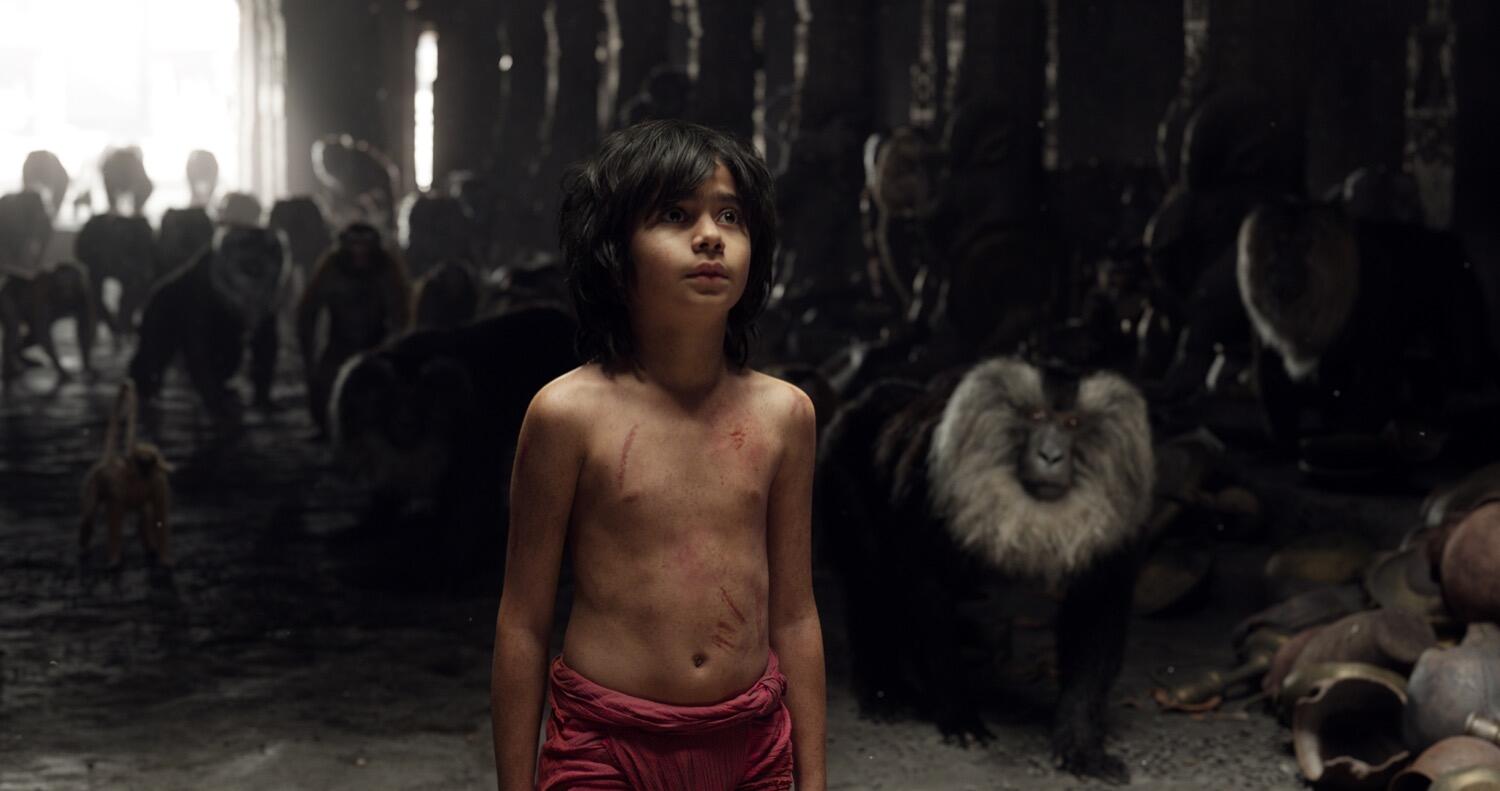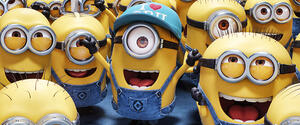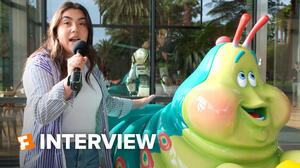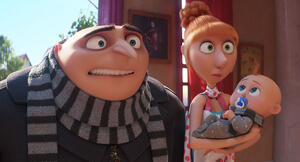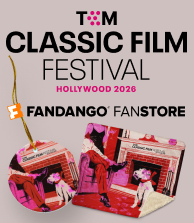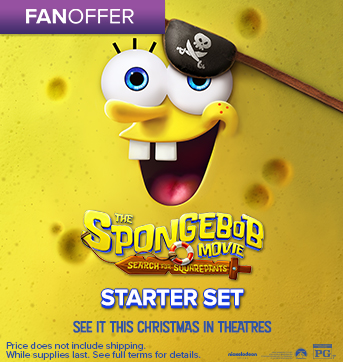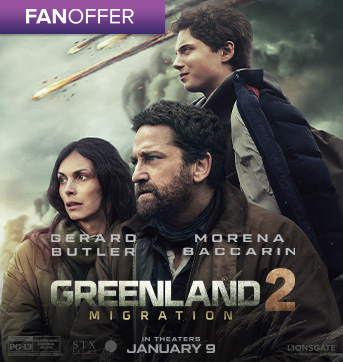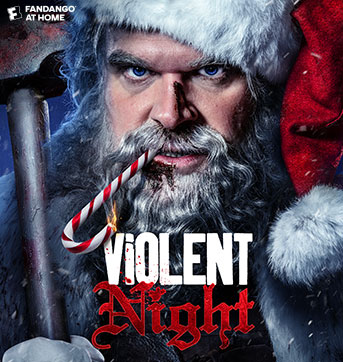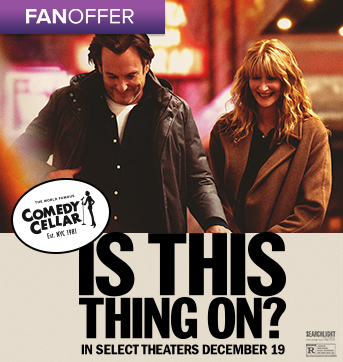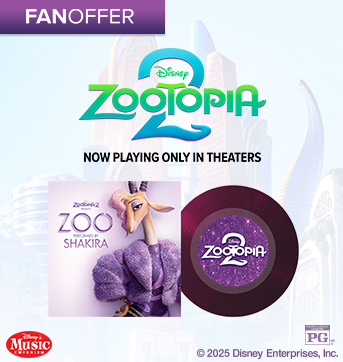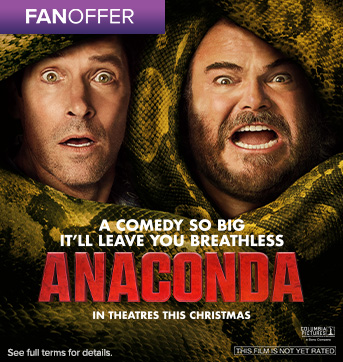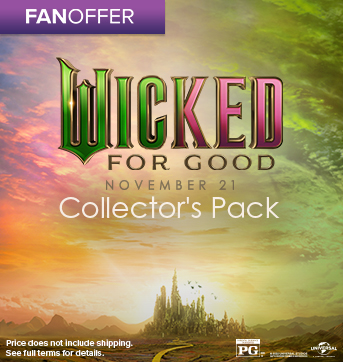
Jon Favreau has proven himself a supremely versatile filmmaker in an array of disparate projects over the course of the past two decades: his breakthrough film as writer and star of Swingers, the now-classic holiday comedy Elf, the standard-setting and Marvel-cinematic-universe-launching superhero film Iron Man, and his ground-level indie crowd-pleaser Chef among them.
But sitting down with Fandango to discuss his latest effort, Favreau admits that he thought perhaps his biggest box office-hit days were behind him when he took on the task of modernizing the enduring – over 120 years – tale of the man-cub Mowgli. Especially when it involved creating an anthropomorphized CGI animal community in the deepest jungles of India that had only one real-life actor at the heart of most of the scenes.
As he reveals, however, his intention to push himself creatively, blending Disney’s high-tech cinematic tools with his own artistic eye and sensibility attuned to updating the pop-cultural allure of the property, may have resulted in his most ambitious and satisfying film to date.
Fandango: You’ve made many movies across many genres. This one tested everything you had in your skill set as a filmmaker. Tell us about challenging yourself.
Jon Favreau: Well, the first thing that was odd is I felt that as I was finished with doing films for Marvel, as far as effects and budget and cultural impact, that felt like a high watermark for me. After doing Chef, and taking this film on, it felt like this was a more exploratory part of my career, and a less robust commercial part of my career.
Through the process of working on Jungle Book though, as it became clear what the technology could do, as I assembled a team of people who had worked on films like Avatar and Planet of the Apes, and as we massaged the story using the animation pipeline, it started to really crystalize as something compelling. Because you go around so many times on all these effects, each time you improve it a little bit. You shape it a little bit.
It really is this big handmade film that’s done by these hundreds and hundreds of artists who are all at the top of their game, who are working on a unified vision that had a classic set of archetypes and pieces of music based on a movie that we all grew up with. I feel like it’s certainly the most refined thing I’ve ever worked on, mostly because of the collaborations that I was involved with.

Fandango: One of the things that becomes quickly apparent is that the film wasn’t just a nostalgia wallow, it was its own entity. Can you talk about that creative process of making this come alive on its own?
Favreau: That’s really the crux of the director’s job on a film like this. You’re here to assemble a great team, take inventory on the technology that’s available and help lobby for getting the best treatment for it -- it’s a financial endeavor as well. But then when it comes to tone, you’ve got to just close your eyes, breathe deeply and make those choices, hopefully from the right place. Immerse yourself completely in all the source material, and then try to channel the aspects that you feel are relevant.
Fandango: It’s clear that you made it your own while drawing inspiration from the original Disney film, finding new opportunities in Rudyard Kipling’s source material.
Favreau: Having grown up with it, I am the audience for this. I grew up with this movie. I have kids that are of all ages. I am culturally American, and I grew up in Walt Disney’s America. So all of the influences that are affecting my subconscious decisions are ones that hopefully will add up to something that other people will relate to as well.
But the jury’s out – you don’t know! I chose not to make it a G-rated musical. But I chose to include much of the music. I chose to include the moments and characters that I related most to, but I also chose to make it PG and exciting and have scary moments, more like the Big Five Disney movies [Snow White and the Seven Dwarfs, Pinocchio, Bambi, Dumbo and Cinderella], or like Lion King. I also cast it using celebrity talent, as did Walt in his day. These are all decisions that if any one of them or combination of them doesn’t work for other people, the whole movie doesn’t work.
There are moments that make you jump. But it’s also PG, so there’s not graphic violence either – it’s actually less graphic than the Marvel movies and the Star Wars movies.
Fandango: How do you combine the voice performances from your great ensemble cast with their CG counterparts? It’s fascinating that we can see a bit of Bill Murray’s eyes in Baloo and things like that.
Favreau: I think that sometimes when you have complete control of the animal through animation, you can push the performance as hard as you want to. Part of the fun of this is to hold a mirror up to nature and show the animals acting as naturally as possible so that you’re unsure whether or not you’re watching animation or live action.
We would have either three cameras or motion capture on each of them [actors] as they were performing. I would have them perform together whenever possible, and have Neel [Sethi, who plays Mowgli] perform with the actors, so that there was a naturalism. I wanted it to feel as though it were a live-action film as far as the performances.
For certain characters, like Chris Walken where we designed the entire facial structure around Chris’s anatomy, you can apply his performance directly to the creature. But it’s a Gigantopithecus – it’s a creature that is long extinct. Nobody knows that it looked like; we had a lot of leeway.

Fandango: What about those animals we’d see today?
Favreau: With a bear, you want it to still look like a bear. Especially post-Revenant, people have seen good CG bears. You don’t want to [make it] too stylized. But yet, you can use things like the way Bill Murray uses his eyes. And as you get into the wolves, you can get a lot of expression with the brow. But if you make the mouth do too much, it doesn’t look real.
With the cats, you can’t really do much with the eyebrows, so you use body language to translate. When Idris [Elba] moves around and stalks the microphone as he was doing his performance, we were able to use that. The animators had access to all of this reference, and in some cases, reference from other movies that they performed in.

Fandango: Did you let Bill riff at all?
Favreau: Oh, sure! As much as possible – and by the way, I think every laugh he gets in the movie is an improvised line. So I allowed for that, but there’s a tremendous amount of freedom when you’re recording the voices. But once you lock into the performance, it’s very difficult to go back and change things. So I tried to have as much freedom as early as possible and all of it shines through I think.
Fandango: Finally, what are some of the very favorite family-oriented films of yours – and especially the ones you couldn’t wait to share with your own kids?
Favreau: Depends which kid! I took my youngest to see Babe the other day, which is great because I just met George Miller in Sydney. For my son, I’ve been showing him Kurasawa movies – he’s a bit older. And my middle daughter who’s 12 now, 11 then, I showed Spielberg’s films to her. So I know each kid, and it depends what’s playing at the theater.
But some of my most memorable bonding moments with my dad were going to the movies together. That was before VCRs, so he would take me down to the Greenwich Village and we would watch old movies, and those movies – that’s my film school. I didn’t go to film school. That’s my entire context.
